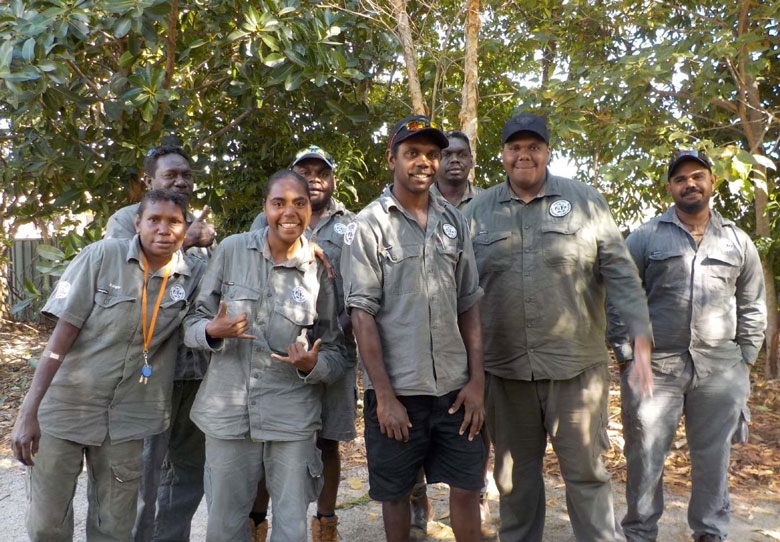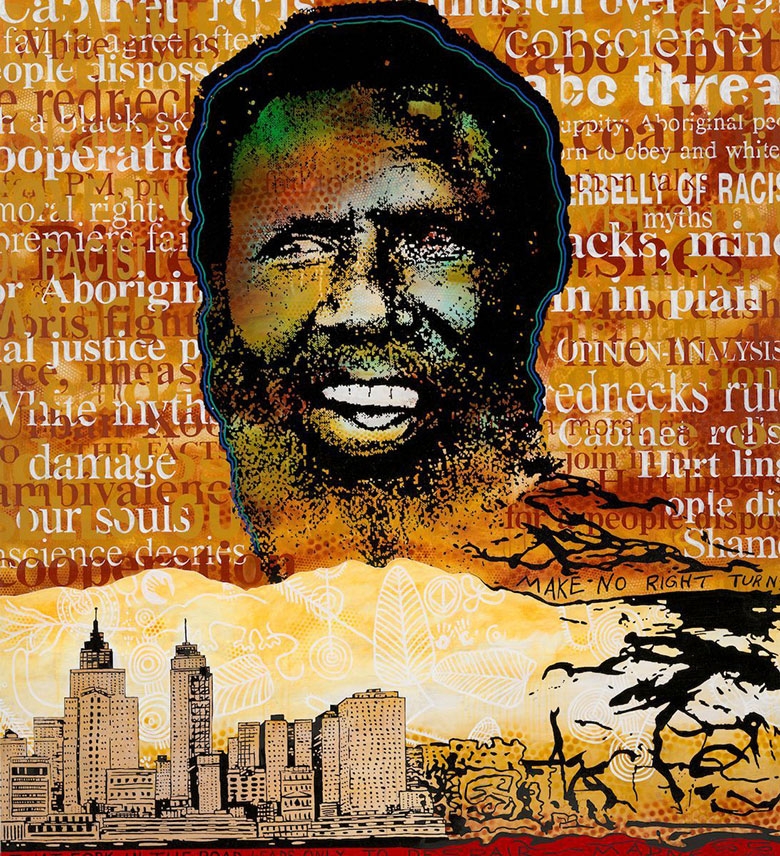Only Yolŋu make decisions for this land

Above: Dhimurru rangers Wanga, Eddie, Grace, Hamish, Gatha, Rrawun, Yama and Guru

Above: Dhimurru rangers Wanga, Eddie, Grace, Hamish, Gatha, Rrawun, Yama and Guru

Gordon Bennett (1955–2014)
Dubbo, New South Wales: HIHAT Aboriginal Corporation is a new corporation that is already achieving its aim of getting Aboriginal people into training and jobs. Janelle Whitehead is the sole member and director of the corporation, which she registered in October 2018.
Byron Bay, New South Wales: Bundjalung of Byron Bay Aboriginal Corporation (Arakwal), also known as BoBBAC, has a big vision, for a united and cooperative approach to achieving its objectives:
In accordance with the Australian Government requirement for agencies to be open and transparent with regard to the functions they perform and the information they hold, the Registrar’s website includes an information publishing plan for ORIC and a freedom of information (FOI) disclosure log. In 2017–18:
Under Part 10–2 of the CATSI Act, the Registrar may convene a meeting to discuss a matter affecting a corporation, or call a general meeting or an annual general meeting. This kind of action may be in response to a request by members of the corporation, or because a scheduled meeting was not held, or for some other reason that the Registrar believes warrants it. In such cases the Registrar would either chair the meeting or authorise another person to be the chair.
The CATSI Act emphasises the importance of compliance and reporting as a mechanism to improve transparency and accountability. Not only is access to corporation information important, that information needs to be timely so that members, communities, creditors and government agencies are confident that the public Register of Aboriginal and Torres Strait Islander Corporations is accurate and up-to-date. This is why ORIC has a strong focus on maintaining high compliance rates with reporting obligations.
The Registrar’s functions include supporting Aboriginal and Torres Strait Islander corporations to succeed and promoting good governance.
ORIC staff often field queries from groups of Aboriginal and Torres Strait Islander people who are thinking about incorporating, and wanting more information about their options. Some conversations occur over the phone; in other cases, an ORIC officer will meet with the group to discuss options and determine whether registering under the CATSI Act is appropriate in their circumstances.
The Registrar is responsible for administering the CATSI Act. This involves creating a sustainable regulatory framework to give effect to the legislation.
This yearbook presents data on the full range of functions of the Registrar. ORIC also publishes reports on the following research: